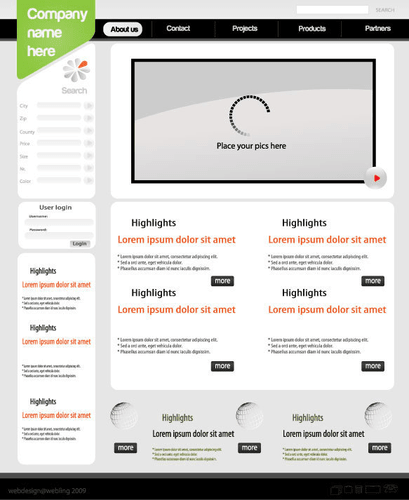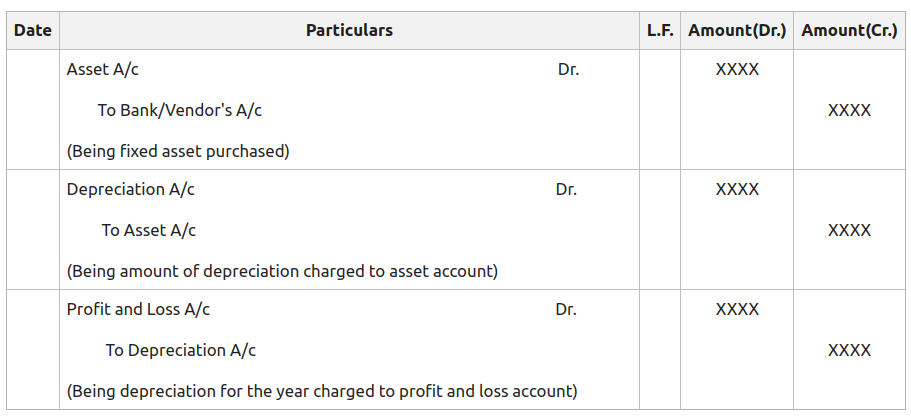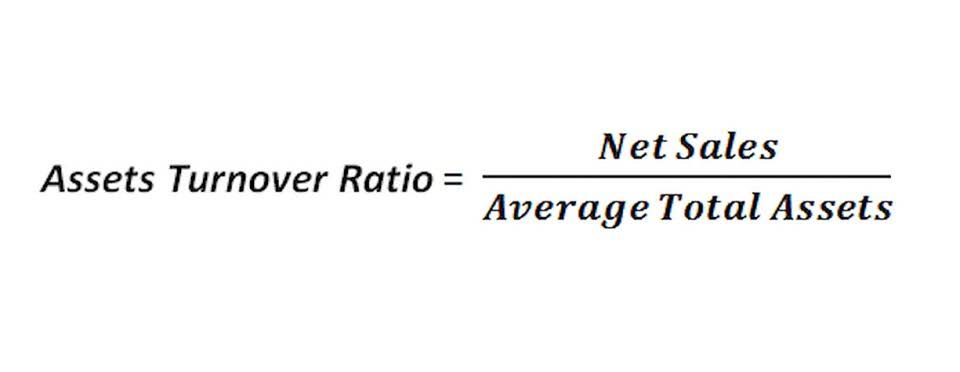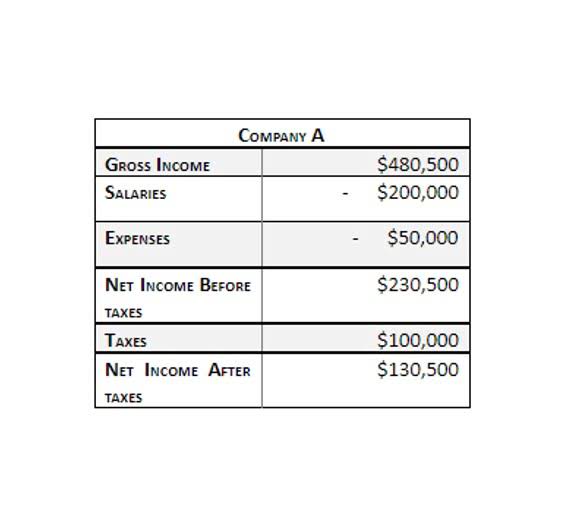
Their amount of allocated overhead is not publicly known because while publications share how much money a which of the following is the correct formula to compute the predetermined overhead rate movie has produced in ticket sales, it is rare that the actual expenses are released to the public. Unexpected expenses can be a result of a big difference between actual and estimated overheads. The predetermined overhead rate calculation shown in the example above is known as the single predetermined overhead rate or plant-wide overhead rate. Departmental overhead rates are needed because different processes are involved in production that take place in different departments. Hence, this predetermined overhead rate of 66.47 shall be applied to the pricing of the new product VXM. Small companies typically use activity-based costing, while large organizations will have departments that compute their own rates.
Which activity is most important to you during retirement?
Suppose that X limited produces a product X and uses labor hours to assign the manufacturing overhead cost. The estimated manufacturing overhead was $155,000, and the estimated labor hours involved were 1,200 hours. There are concerns that the rate may not be accurate, as it is based on estimates rather than actual data. In addition, changes in prices and industry trends can make historical data an unreliable predictor of future overhead costs.

What are some common methods of factory overhead absorption?
- The rate is determined by dividing the fixed overhead cost by the estimated number of direct labor hours.
- If you’d like to learn more about calculating rates, check out our in-depth interview with Madison Boehm.
- The allocation of overhead to the cost of the product is also recognized in a systematic and rational manner.
- Variances can be calculated for actual versus budgeted or forecasted results.
- Our work has been directly cited by organizations including Entrepreneur, Business Insider, Investopedia, Forbes, CNBC, and many others.
To ensure that the company is profitable, an additional https://www.bookstime.com/ cost is added and the price is modified as necessary. In this example, the guarantee offered by Discount Tire does not include the disposal fee in overhead and increases that fee as necessary. This example helps to illustrate the predetermined overhead rate calculation. Hence, preliminary, company A could be the winner of the auction even though the labor hour used by company B is less, and units produced more only because its overhead rate is more than that of company A.
How confident are you in your long term financial plan?
Commonly, the manufacturing overhead cost for machine hours can be ascertained from the predetermined overhead rate in the manufacturing industry. Further, it is stated that the reason for the same is that overhead is based on estimations and not the actuals. As you have learned, the overhead needs to be allocated to the manufactured product in a systematic and rational manner. This allocation process depends on the use of a cost driver, which drives the production activity’s cost. Examples can include labor hours incurred, labor costs paid, amounts of materials unearned revenue used in production, units produced, or any other activity that has a cause-and-effect relationship with incurred costs.
Why You Can Trust Finance Strategists
The articles and research support materials available on this site are educational and are not intended to be investment or tax advice. All such information is provided solely for convenience purposes only and all users thereof should be guided accordingly. This can result in abnormal losses as well and unexpected expenses being incurred. We need just a bit more info from you to direct your question to the right person. Ask a question about your financial situation providing as much detail as possible. Our mission is to empower readers with the most factual and reliable financial information possible to help them make informed decisions for their individual needs.

Do you already work with a financial advisor?
The estimate is made at the beginning of an accounting period, before the commencement of any projects or specific jobs for which the rate is needed. Companies need to make certain the sales price is higher than the prime costs and the overhead costs. In some industries, the company has no control over the costs it must pay, like tire disposal fees.
- To ensure that the company is profitable, an additional cost is added and the price is modified as necessary.
- The estimated manufacturing overhead was $155,000, and the estimated labor hours involved were 1,200 hours.
- Manufacturing overhead costs include all manufacturing costs except for direct materials and direct labor.
- This team of experts helps Finance Strategists maintain the highest level of accuracy and professionalism possible.
Create a Free Account and Ask Any Financial Question
Different businesses have different ways of costing; some use the single rate, others use multiple rates, and the rest use activity-based costing. The allocation base (also known as the activity base or activity driver) can differ depending on the nature of the costs involved. Company X and Company Y are competing to acquire a massive order as that will make them much recognized in the market, and also, the project is lucrative for both of them. After going to its terms and conditions of the bidding, it stated the bid would be based on the overhead rate percentage.

Ask Any Financial Question

A predetermined overhead rate is an allocation rate given for indirect manufacturing costs that are involved in the production of a product (or several products). The formula for the predetermined overhead rate is purely based on estimates. Hence, the overhead incurred in the actual production process will differ from this estimate. As the production head wants to calculate the predetermined overhead rate, all the direct costs will be ignored, whether direct cost (labor or material).
Which of these is most important for your financial advisor to have?
Examples of manufacturing overhead costs include indirect materials, indirect labor, manufacturing utilities, and manufacturing equipment depreciation. Another way to view it is overhead costs are those production costs that are not categorized as direct materials or direct labor. A predetermined overhead rate, also known as a plant-wide overhead rate, is a calculation used to determine how much of the total manufacturing overhead cost will be attributed to each unit of product manufactured. The rate is determined by dividing the fixed overhead cost by the estimated number of direct labor hours.























